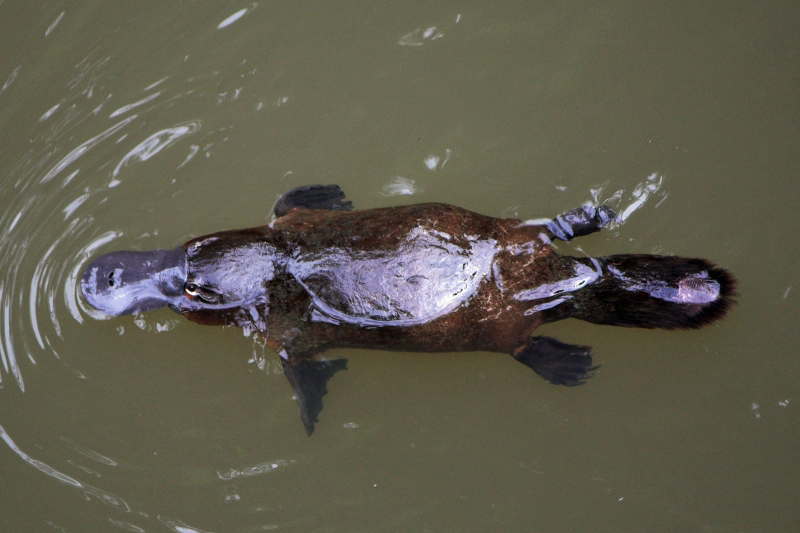The platypus is a mammal, yet instead of ‘live birth’ it lays eggs, it’s got a bill and webbed feet that looks like a duck, a tail like a beaver and is venomous.
At first glance, the platypus looks like an animal that could be the product of a creative imagination.
Yet, despite its odd appearance, the milk of the platypus was found to contain unique antibacterial properties that could be used to fight superbugs.

Baby platypus (NSW/DPI, Creative Commons Attribution-NonCommercial-ShareAlike 2.0 Generic via Flickr)
New research by a group of scientists at Australia’s national research agency, the Commonwealth Scientific and Industrial Research Organization (CSIRO), and Deakin University say they have found that a special protein found in platypus milk is what provides the antibacterial properties.
The scientists were able to isolate the protein by replicating it in a lab.
The World Health Organization says that the rise of antibiotic-resistant infections has become an increasingly serious threat to global public health.
As microbes continue to develop mutations and render previously effective medications useless, scientists must develop new methods of treatment that will fight these so-called superbugs.
The researchers think the platypus milk protein could someday be a key weapon in the global battle against antibiotic resistance.
The researchers have published their findings in the journal Structural Biology Communications.
























Comments are closed.